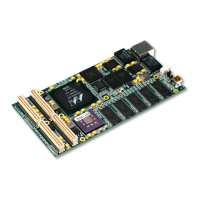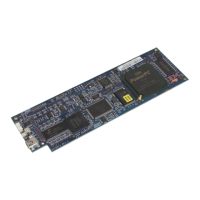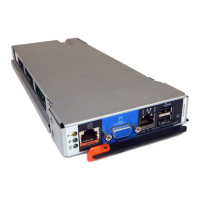The SAA solution:
v Defines a common programming interface you can use to develop applications
that can be integrated with each other and transported to run in multiple SAA
environments.
v Defines common communications support that you can use to connect
applications, systems, networks, and devices.
v Defines a common user access that you can use to achieve consistency in
panel layout and user interaction techniques.
v Offers some applications and application development tools written by IBM.
Several combinations of IBM hardware and software have been selected as SAA
environments. These are environments in which IBM will manage the availability of
support for applicable SAA elements, and the conformance of those elements to
SAA specifications. The SAA environments are the following:
v MVS
– TSO/E
– CICS
– IMS
v VM CMS
v Operating System/400 (OS/400)
v Operating System/2 (OS/2)
Benefits of Using a Compiler
The IBM Compiler for REXX/370 (Program Number 5695-013) and the IBM Library
for REXX/370 (Program Number 5695-014) provide significant benefits for
programmers during program development and for users when a program is run.
The benefits are:
v Improved performance
v Reduced system load
v Protection for source code and programs
v Improved productivity and quality
v Portability of compiled programs
v Checking for compliance to SAA
Improved Performance
The performance improvements that you can expect when you run compiled REXX
programs depend on the type of program. A program that performs large numbers
of arithmetic operations of default precision shows the greatest improvement. A
program that mainly enters commands to the host shows minimal improvement
because REXX cannot decrease the time taken by the host to process the
commands.
Reduced System Load
Compiled REXX programs run faster than interpreted programs. Because a
program has to be compiled only once, system load is reduced and response time
is improved when the program is run frequently.
For example, a REXX program that performs many arithmetic operations might take
12 seconds to run interpreted. If the program is run 60 times, it uses about 12
minutes of processor time. The same program when compiled might run six times
faster, using only about 2 minutes of processor time.
The SAA Solution
Chapter 1. Introduction 5

